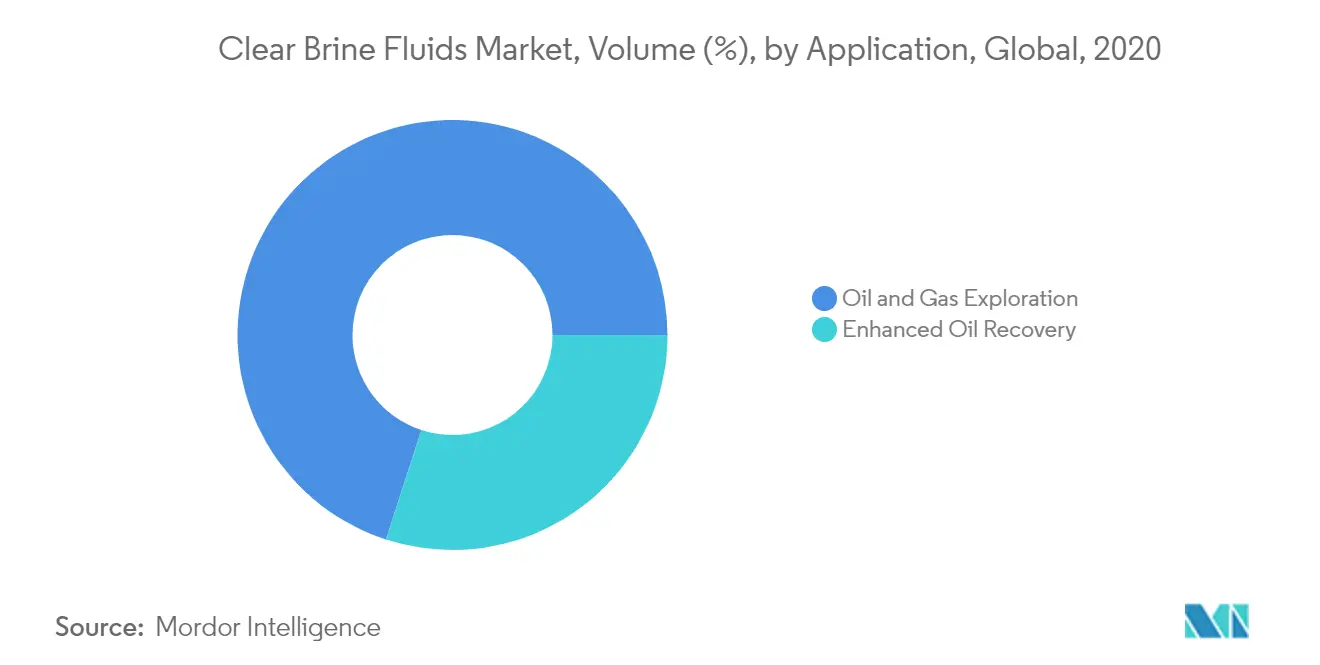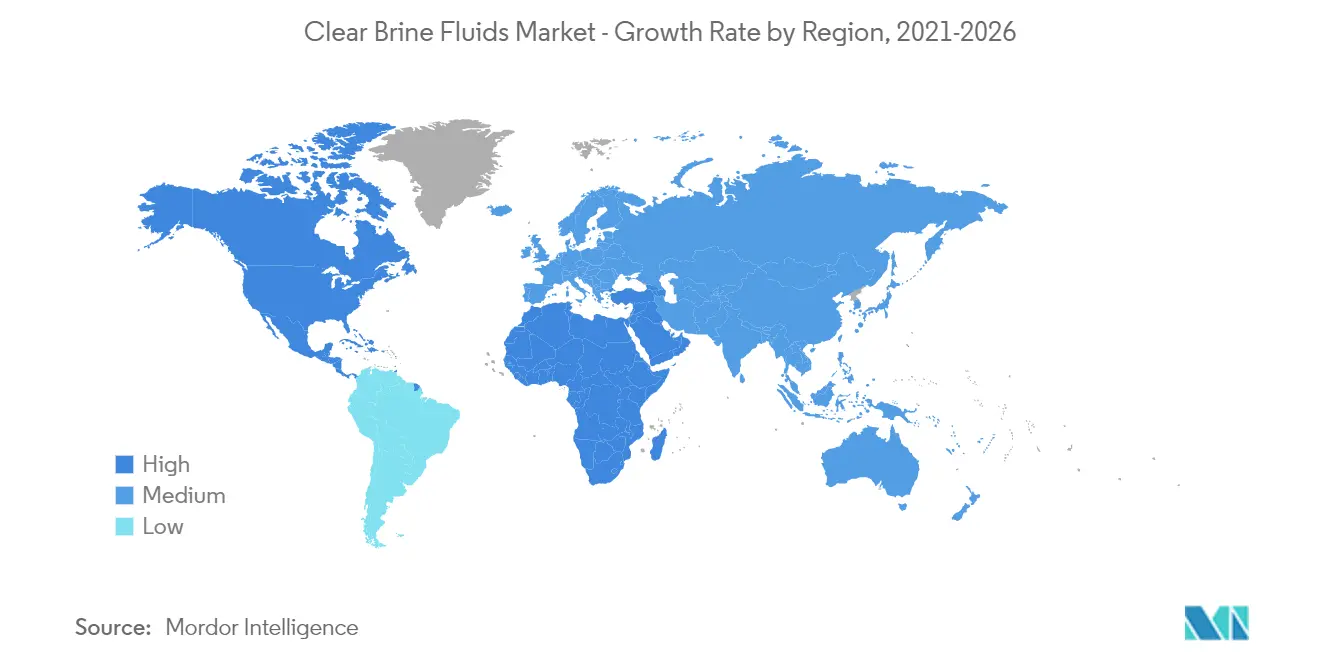Market Trends of Clear Brine Fluids Industry
This section covers the major market trends shaping the Clear Brine Fluids Market according to our research experts:
Increasing Demand from the Oil and Gas Exploration Activity
- Clear brine fluids are salt-based solutions that find applications in extracting and drilling operations for the petroleum and gas sector. These fluids also aid in controlling high-temperature and high-pressure in the reservoir during conventional drilling processes and further reducing the damage and hazards. Proliferating the oil and gas sector and increasing drilling of rigs for gas extraction will significantly contribute to the industry expansion during the forecast period.
- Depleting of easily available natural gas and crude oil sources is forcing energy companies to look for unconventional energy sources, accompanied by increasing adoption of efficient techniques that will further boost the clear brine fluids markets. Industry players are developing energy products from unconventional resources, including gas hydrates, coal bed methane, shale gas/oil, and tight gas sands. Clear brine fluids requirement for the exploration and extraction of such energy sources from the reserves will accentuate the volume.
- The raw materials, including sodium, calcium, cesium, chlorine, potassium, and bromine, are used in the manufacture of multiple types of clear brine fluids. Zinc/calcium bromide and potassium chloride products are estimated to have a significant market share. Calcium bromide brine solutions are used for reducing formation damage due to clay swelling and dispersion. Potassium chloride is used for the stabilization of water-sensitive clays from the high pressure developed in the reservoirs.
- EIA forecasts that global consumption of petroleum and liquid fuels will average 97.5 million b/d for all of 2021, up by 5.3 million b/d from 2020. The consumption will increase by another 3.8 million b/d in 2022 to an average of 101.3 million b/d.
- However, due to COVID-19, the number of oil rigs in operation has reduced in 2020. For example, according to Baker Hughes, the number of oil rigs fell from 2,073 in January 2020 to about 1,176 in May 2020, which is expected to negatively affect the clear brine fluids market in the current year.
- The abovementioned factors are expected to have a significant impact on the market in the coming years.

Middle-East and Africa to Dominate the Market
- Middle-East and Africa accounted for a significant share in the clear brine fluids market, owing to the region being the largest producer of crude oil in the world from countries like Saudi Arabia, the United Arab Emirates, Iraq, and Iran.
- Moreover, Qatar is the fourth-largest gas producer globally, and it holds the third-largest gas reserves in the world (at around 13% of the global total). Iran, Nigeria, Angola, Kenya, and Mozambique are the key contributing nations to the African oil and gas sector.
- However, Africa has witnessed a downward trend in the oil and gas industry, with players shifting toward geologies offering promising returns with attractive fiscal terms. Until 2019, the oil and gas production was expected to grow significantly due to increasing energy import demand from the Asia-Pacific and Europe.
- Middle-East and Africa's oil and gas industry saw a rise of 33.3% in overall deal activity during Q4 2020 compared to the four-quarter average. A total of 52 deals worth USD 4.7 billion were announced for the region during Q4 2020, against the last four-quarter average of 39 deals.
- Meanwhile, the collapse of the OPEC+ agreement and the COVID-19 crisis led to demand shocks for the industry, which is expected to affect the exploration activities in the region, affecting the demand for clear brine fluids.
- However, as the prices stabilize and exploration and drilling activities resume, the clear brine fluids market of this region is expected to dominate the global market.


